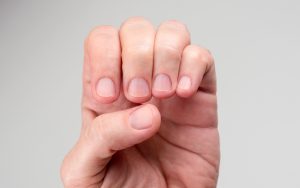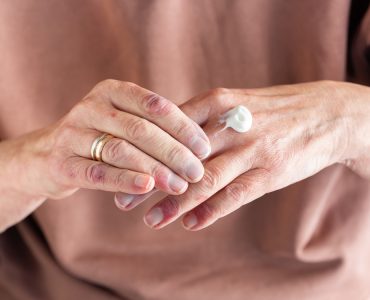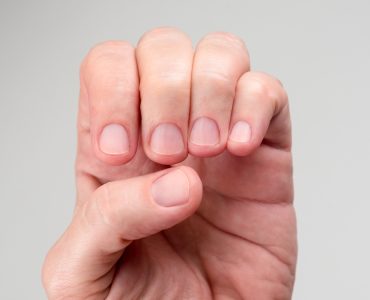Nail issues may seem purely cosmetic at first, but your nails provide a unique window into underlying health issues you may have. For instance, brittle nail syndrome, which affects 20% of the population—and twice as many women—is linked to dermatological conditions like psoriasis, lichen planus, Darier’s disease, and eczema, which you can read more about here. Your nails may either thrive or weaken due to your lifestyle and habits. Cigarette smoking, in particular, can be observed through a quick glance at your fingers.
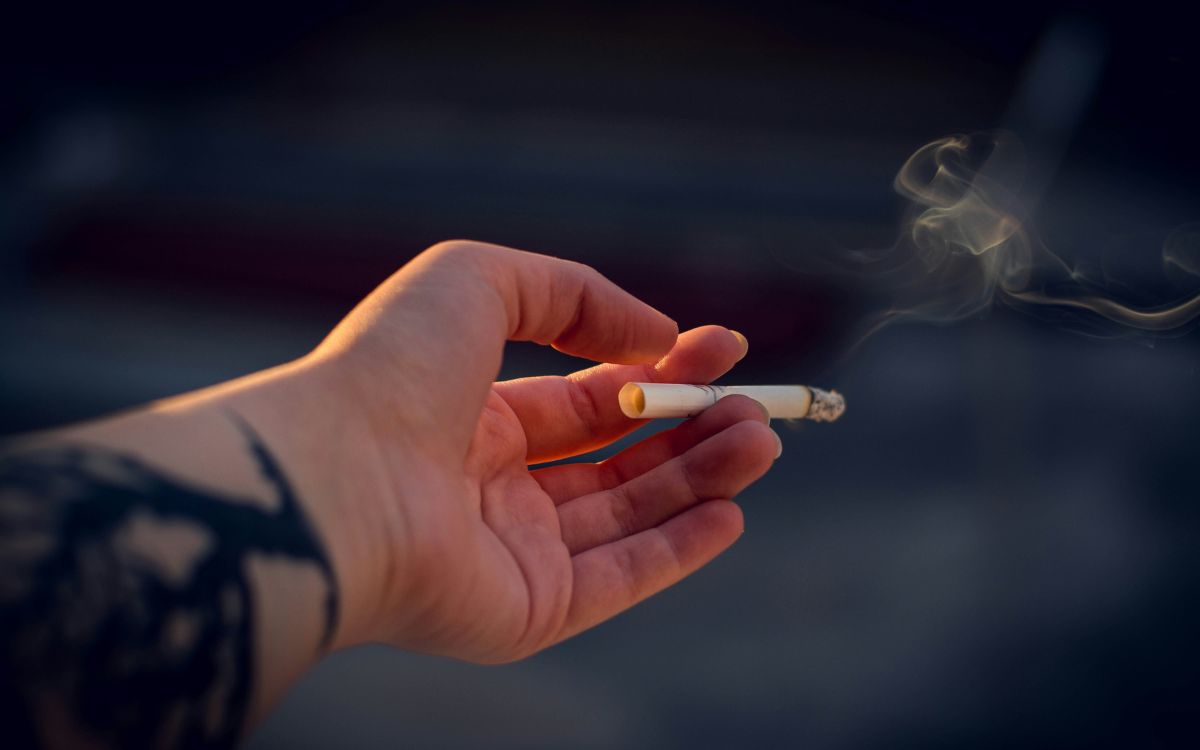
Cigarette Smoking and Your Nails
Effects of Smoking on Nail Health
Cigarettes release over 7,000 chemicals when burned, and these toxins can spread to all parts of the body, including the nails. This habit manifests in various ways. Smokers may notice that their nails and fingers are clubbed, showing a distinctive rounded or downward-curved shape, and that the nail bed has become softer and more swollen.
You can check this systematic review for more on how carbon monoxide from tobacco binds to red blood cells, which reduces oxygen delivery to muscles and tissues, including the nails. When this hypoxia or lack of oxygen supply occurs, the vascular endothelial growth factor is triggered, which induces swelling and enlargement of the vessels. The sudden growth of bone-forming and connective-tissue-forming cells causes clubbed nails and fingers.
Clubbing: A Warning Sign
Clubbing is a known indicator of lung cancer, with 5% to 15% of lung cancer patients known to have signs of nail clubbing. At the same time, lung cancer resulting from cigarette smoking can itself be a cause of clubbing: lung cancer is the cause of 80% of nail clubbing cases.
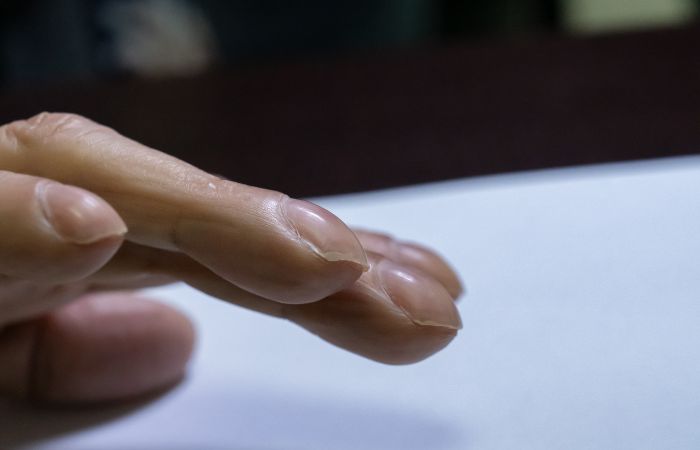
Endocarditis and Nail Health
As smoking continues and becomes more frequent, this may raise the risk of developing endocarditis or an infection in the inner lining of the heart. Endocarditis can result in splinter hemorrhages or thin, red, or reddish-brown blood lines underneath the nails. They run along the same direction of nail growth and look like splinters underneath the fingers, hence the name.
Chemotherapy and Nail Changes
It’s widely known that cigarette smoking is responsible for a vast majority (80% to 90%) of all lung cancer cases. The chemotherapy to treat these cases can result in nail changes, some cosmetic and others even painful. For instance, Beau’s nails are ridges across the fingernails that occur when chemotherapy interrupts nail growth.
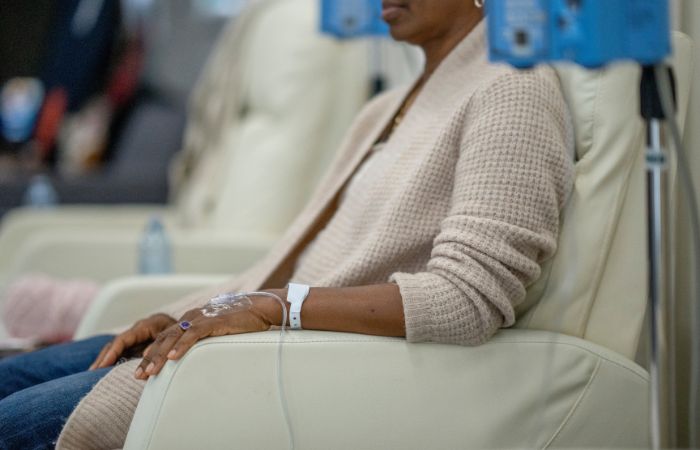
Chemotherapy kills fast-growing cells like cancer cells, but it also inhibits the growth of healthy cells, like that of your hair and nails. Consecutive chemo cycles leave traceable marks on the nails, with the grooves indicating the starting and stopping of nail growth. While this is painless, it can cause the nails to become weak and brittle.
Yellow Discoloration and Health Implications
Finally, we’ve discussed how yellow discoloration is commonly observed on the nails and fingertips due to cigarette tar, which you can revisit here. A case report from CHEST Journal found that discoloration can be a tell-tale sign of developing cigarette-related diseases like coronary artery disease, carcinoma lung, or chronic obstructive airway disease. The good news is that smoking cessation can eliminate yellow discoloration.
A QJM: International Journal of Medicine studied a 73-year-old man who smoked two packs of cigarettes daily for fifty years and abruptly quit smoking. There was a clear distinction between the man’s stained fingernails and growing healthy nails. Since nails grow at two to four millimeters per month, doctors can use this symptom, more popularly known as “Harlequin nails,” to estimate smoking cessation dates.
Nail Growth as a Marker for Smoking Cessation
While it is vital to quit smoking as soon as possible to prevent further damage to the nails and fingers, some may be afraid of potentially debilitating withdrawal symptoms. This is where hands-free nicotine alternatives could provide a gateway to smoking cessation.
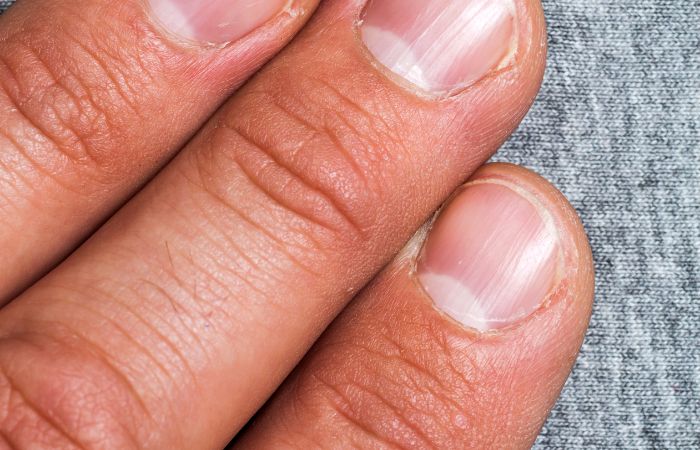
Hands-Free Nicotine Alternatives
Smokeless Alternatives for Nail Health
As discussed, smoke stains on the nails and fingers are caused by cigarette tar, which means prospective quitters can switch to smokeless alternatives in the meantime. Options like nicotine pouches don’t require you to use your hands, allowing the gradual release of nicotine and flavor in the mouth on its own.
To illustrate, On! nicotine pouches can be used by taking out a pouch, placing it under your upper lip, and left there for as long as you like while you enjoy the effects; click here to read more. These pouches come in numerous flavors and strengths for every preference and lifestyle. On! Wintergreen 8mg is a high-strength option with a menthol-like taste similar to cigarettes; then, one can transition to the lower-strength On! Wintergreen 2mg later on.
The moment you stop picking up cigarettes, you halt the continued discoloration of your nails. While it can take time, the yellowish color will recede, and the hope is your nails will return to their normal state of health.
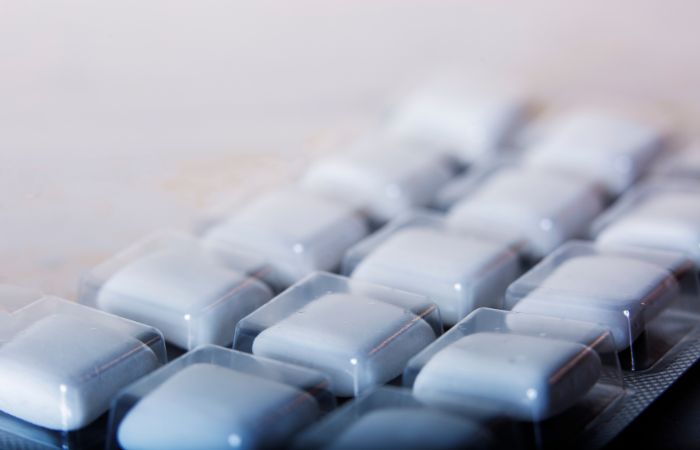
Transitioning with Nicotine Gum
Gum is another option that eliminates the need to constantly fidget and adjust a nicotine product with your hands, like with a cigarette. Options like the Nicorette 4mg can be consumed by biting the gum and positioning it between the gum and cheek for one minute.
This “bite-and-park” system is repeated every minute for thirty minutes, during which the gum can be removed from the mouth. In one study, which you can read here, this gum showed only a 33% extraction of nicotine, suggesting that it can modulate exposure to nicotine depending on your chewing behavior. Though it is chewed differently than traditional candy gum, the gum format is familiar to many smokers, which could make the transition from cigarettes easier.
These alternatives are best paired with new habits that enrich your life while keeping your hands busy. This can be different for everyone, but some examples include writing or drawing on paper, crocheting, pottery making, cooking, photography, and more.
Trying New Home Remedies
Various home remedies can treat yellowed fingers and nails, such as soaking them in lemon juice and scrubbing them gently with a nail brush. Others use baking soda, apple cider vinegar, or hydrogen peroxide, though changes may vary. Wash your hands thoroughly and often, and use a gentle scrub to encourage exfoliation. Finally, trim your nails regularly: while this may not boost nail growth, it can eliminate unsightly yellowed nail tips.
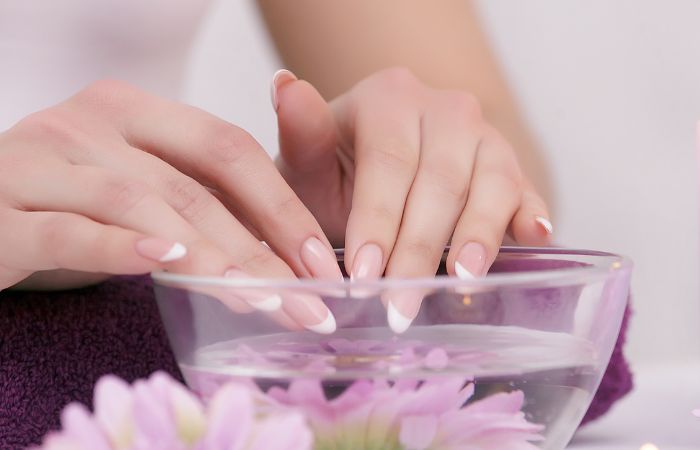
Nail Care Practices
Our nails may seem innocuous enough, but they serve as a mirror to the inner state of our bodies. If you see any distinct changes in your nails that alarm you, consult a doctor immediately. In the meantime, by considering hands-free alternatives that are tobacco-free and tar-free, you not only restore the health of your nails and fingers but also reduce your risk of other chronic and potentially severe conditions.



